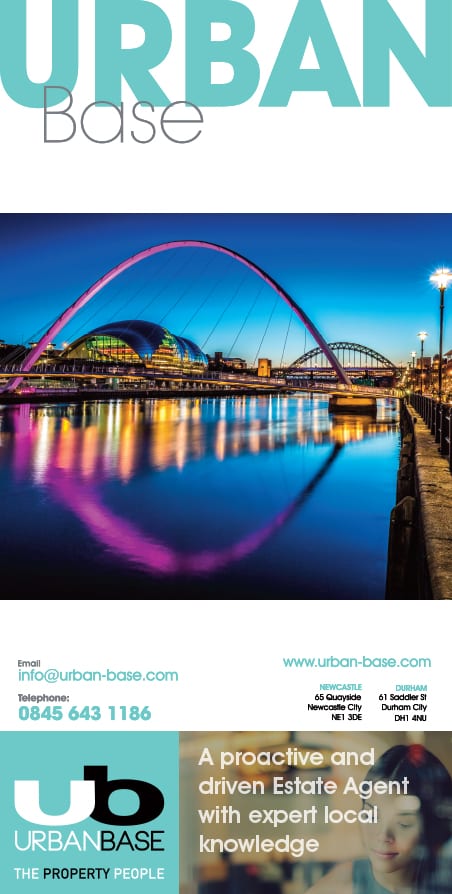Our region is blessed with a huge variety of beautiful buildings dating from Roman times to the high tech modern and the history of the North East can be seen in the physical form of these buildings, representing religion, battlements, farms and the industrial revolution.
Our great cities have evolved with buildings that shape their character. For example, Newcastle with its Georgian and late Victorian architecture contrasts with the rawness and majesty of our Northumberland castles.
Keeping such buildings in a good condition and well used is a challenge for clients, owners, and authorities. The twentieth century saw a change in the way we look at our old building stock. The post war period saw many buildings destroyed in an ungodly haste to ‘modernise’, but over the last 60 years we have seen a swing to preserve. Our current view is more concerned with how buildings can be evolved and
change yet still preserve the essence of their history – allowing a building to be used is far more effective than preserving it for preservation’s sake.
One such example we are working on is Neville Hall, Grade 2*, next to the central railway station in Newcastle.
A beautiful late Victorian building and originally home to the Mining institute, the building was on the cusp of decline and had seen some awful modifications in the 1970s. It is currently being updated, altered, and preserved with the Common Room of the North preparing to reuse it once the works are complete. This shows that old buildings can be reinvented and made good, but they need a purpose and a function.
The building will have a new core, containing lifts and a staircase and be fully compliant for disability
access without spoiling the sheer beauty of its Wood Memorial Hall.
As an architect I love both old buildings and new in equal measure. A new building allows me to show
creativity and new methods of construction which must be balanced with the use of materials and energy. However, the greenest building is the one that already exists, so reusing our listed and historic buildings is not only preserving our heritage, it is also environmentally responsible.
In fact, the reuse of older buildings can be more challenging than designing with a clean sheet of paper. The difficult decisions on what to retain and what to alter become harder in buildings that have changed over time. Do you return it to its original form or a latter period? What amount of new build?
Should it contrast?
Old and listed buildings involve more dialogue with conservation and planning teams too. We are fortunate here in the region that our heritage bodies and conservation officers are a source of great support and advice and I would encourage owners to seek it.
I often feel like an architectural detective when working on older buildings because they require a greater knowledge of construction, history and the logic of the building in many cases. Possessing this
knowledge helps inform the new use and appropriate designs, making sure we do not lose the essence of the old.
At Howarth Litchfield we have worked on churches, lighthouses, a windmill, railway stations and many old structures, reinventing them with new functions and at same time, preserving the building for enjoyment by future generations.
The pleasure of these projects is seeing clients breathe new life and vitality back into them always
remembering that an active building is a more effective way of looking after it – both now and in the future.



